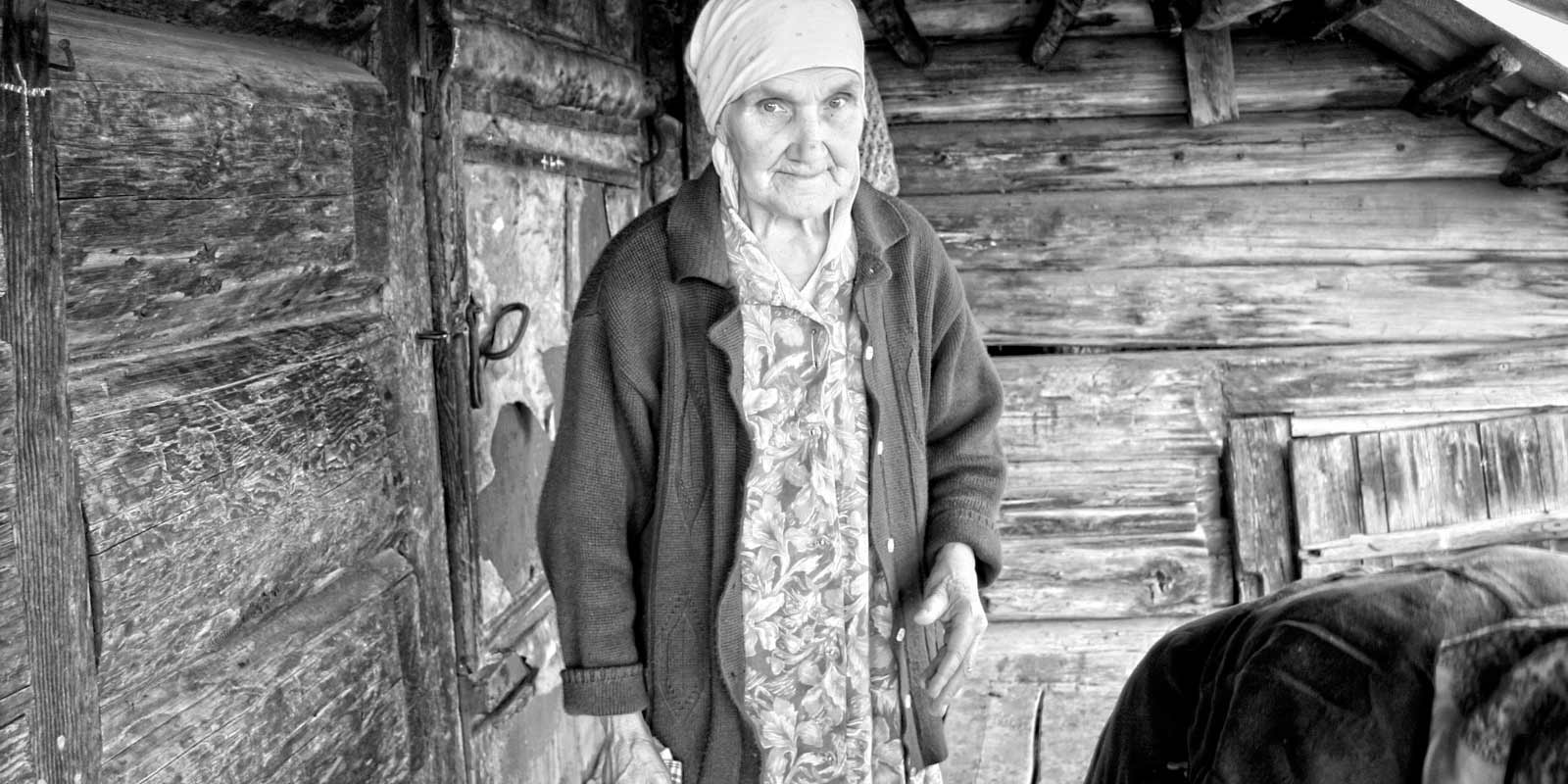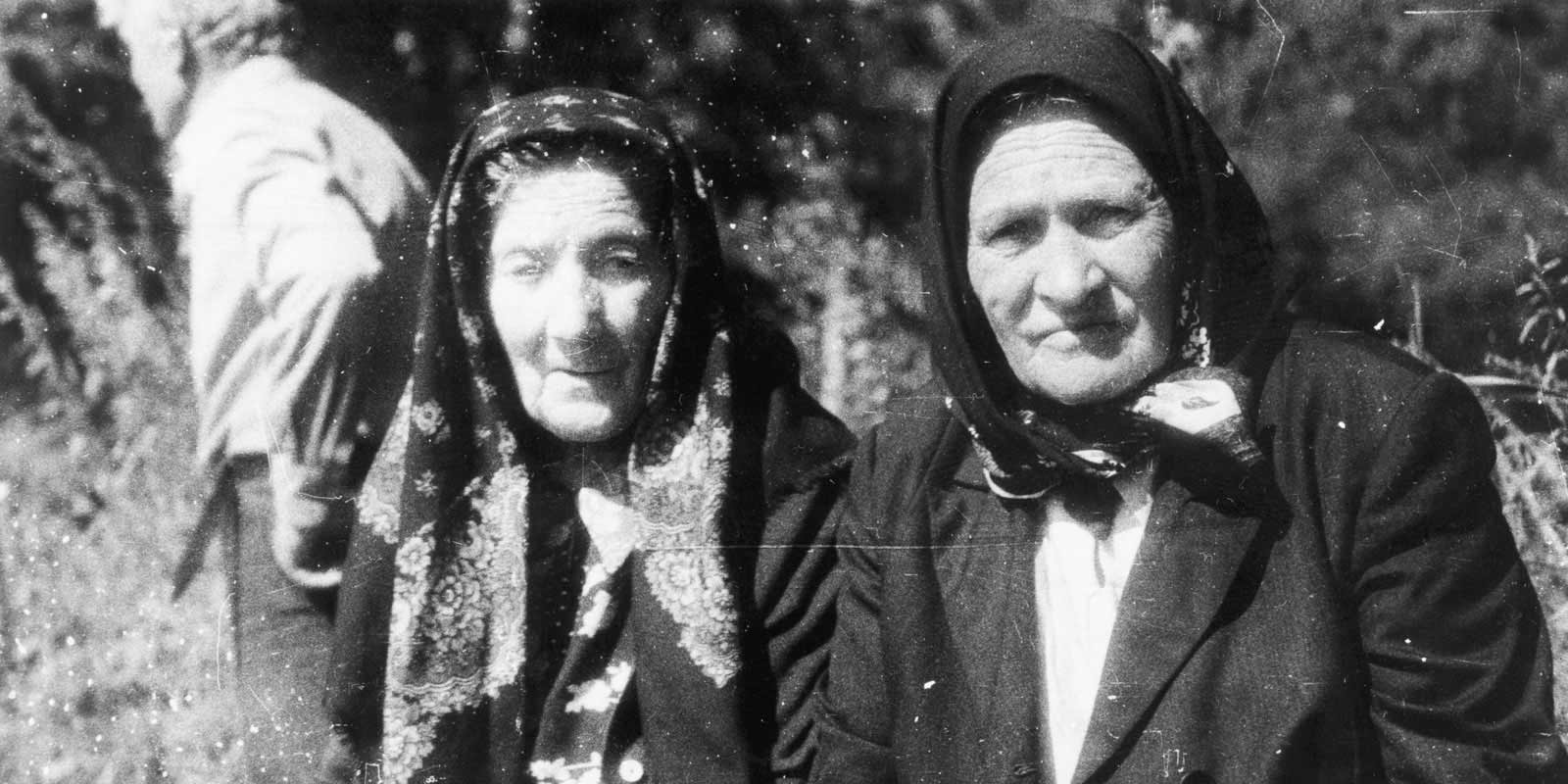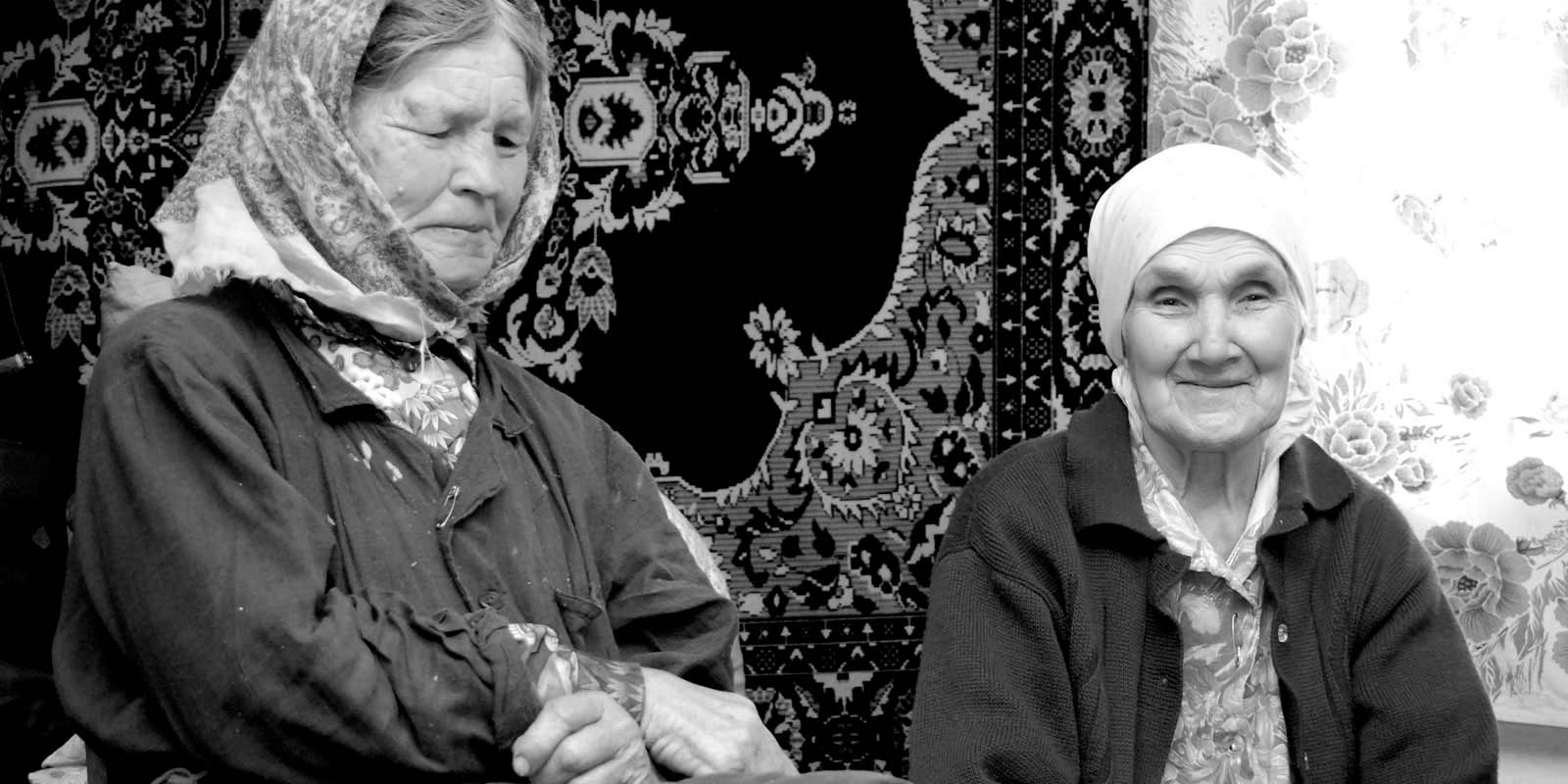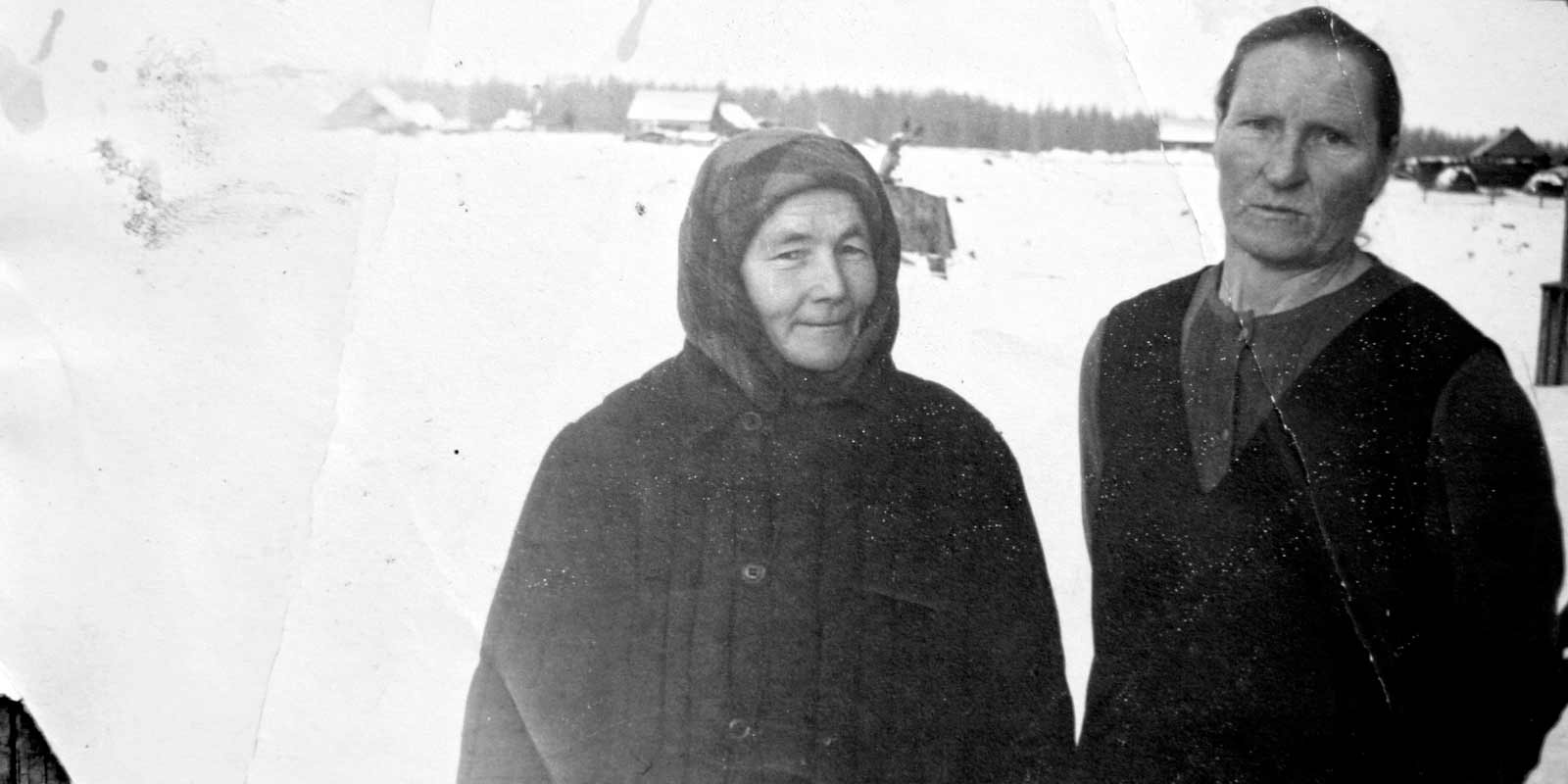Songs of Siberian Seto
The songs of the Setos of Krasnoyarsk Krai represent the Setos’ song repertoire which has developed under specific circumstances in the diaspora. The song tradition which the Setos brought with them from Setomaa has survived in isolation from the mother culture among the languages and songs of other peoples for over a century. Owing to the fact that the song tradition has been transmitted by women, who have been traditionally more home-oriented and with a more conservative mindset than their husbands, the cultural heritage brought along from the Seto region in Estonia is still recognizably Seto heritage. The polyphony of the Seto song tradition, the traditional tunes and lyrics are still alive in the Seto women’s singing. The Seto song tradition in Siberia is the most vigorous in Haidak, with women’s folk ensemble Lill, a children’s ensemble Kullõrkukk, and older women who sing at home and do not often visit the local club house.
Since the first known recordings of the Seto songs in Siberia were made in the second half of the 1980s, we may only assume how musical traditions of the emigrant Setos gradually developed to the state we found it in at the end of the 2000s. A comparison of the material recorded in 2007 and 2008 with that recorded a few decades before reveals remarkable differences. By that time, the people who had participated in traditional Seto weddings or had heard lamenting at a funeral were already about to disappear. As family traditions changed, old wedding songs and laments, sung only a few decades ago, fell into oblivion. Despite the demolition of churches in Haidak, Narva, Perovo and other villages already in the 1930s, the Seto traditions survived. Calendar rituals and related songs (St John’s Day’s song, Maaśelitsa song) survived surprisingly long. A comparison of the songs of these two decades shows the favouring of newer folk songs. While there are still singers who can improvise lyrics and sing songs from the earlier layer of the Seto singing tradition, people today prefer to sing songs they have learned from Estonians or Russians in the local club.
The Setos in Siberia have adopted music of different origin. Although Estonian-language schools were closed in the 1930s, the circle game songs that had been taught there were preserved in the tradition. Newer sentimental songs have been learned from southern Estonians who live in the Seto villages. Because the standard literary Estonian language cannot be heard in Siberia’s Seto villages and only a few older women who have studied at Estonian-language schools can still read Estonian, the lyrics of these Estonian songs have been adapted to include elements of the Seto language and sometimes also distorted words or grammatical errors. The establishment of collective farms and the forced resettlement from farms to linear villages brought people of other ethnicities in the Seto villages. Next to Seto and Estonian songs, the villagers started to sing Russian songs.
The core of the present-day folk ensemble Lill consists of people from the generation who used to sing mostly Russian songs in their youth. At the same time they often heard their mothers and grandmothers sing Seto songs and have started to sing these themselves in their senior years. The singers associate the singing of Seto songs with smaller private parties and the gatherings of women—compared to Russian or Estonian songs, it thus represents a less public part of the song tradition.
The old regilaul singing style, brought along from Setomaa in Estonia, differs from both Estonian and Russian songs. Compared to the latter, the regilaul songs are less stable in form and a good singer may employ traditional formulae and metrics to improvise new lyrics according to a particular performance occasion. Bearers of the singing culture today do not view the traditional Seto singing as “proper” songs—after all, someone who can sing can sing endlessly about things that they can see or what comes to their mind—but at the same time, improvisation skills are recognized as a rare and disappearing phenomenon.
The close and condensed nature of the Seto communities in Siberia has influenced the association of some songs with the persons who have once sung them. In Haidak, for example, people say about most of the newer Estonian songs that these are the songs of Nasta of Molnika a.k.a. Nasta of Kito, mother of Maria Ossipova. Through the mediation of Nasta’s daughter Maria, the songs have been included in the repertoire of the ensemble Lill. Olga Matveeva, one of the great singers also associated several songs with specific persons: she introduced some songs as those of a performer who had died dozens of years ago.
In terms of most popular songs, it is customary in the Haidak village that the choir will not let the lead singer sing alone and joins in as soon as the verse is recognized. When singing this type of Seto songs, the singers usually stick to the established lyrics and try not to vary the text or improvise. Except for solo songs, singing in polyphony is preferred. The newer songs that are sung in monophony in Estonia are sung to the polyphonic tune by both the Setos and Estonians living in Siberia. Any type of polyphony is described by the terms characteristic of Seto polyphony—killõ, or the higher voice part in a Seto song and torrõ, which stands for the lower voice part in a Seto song.



